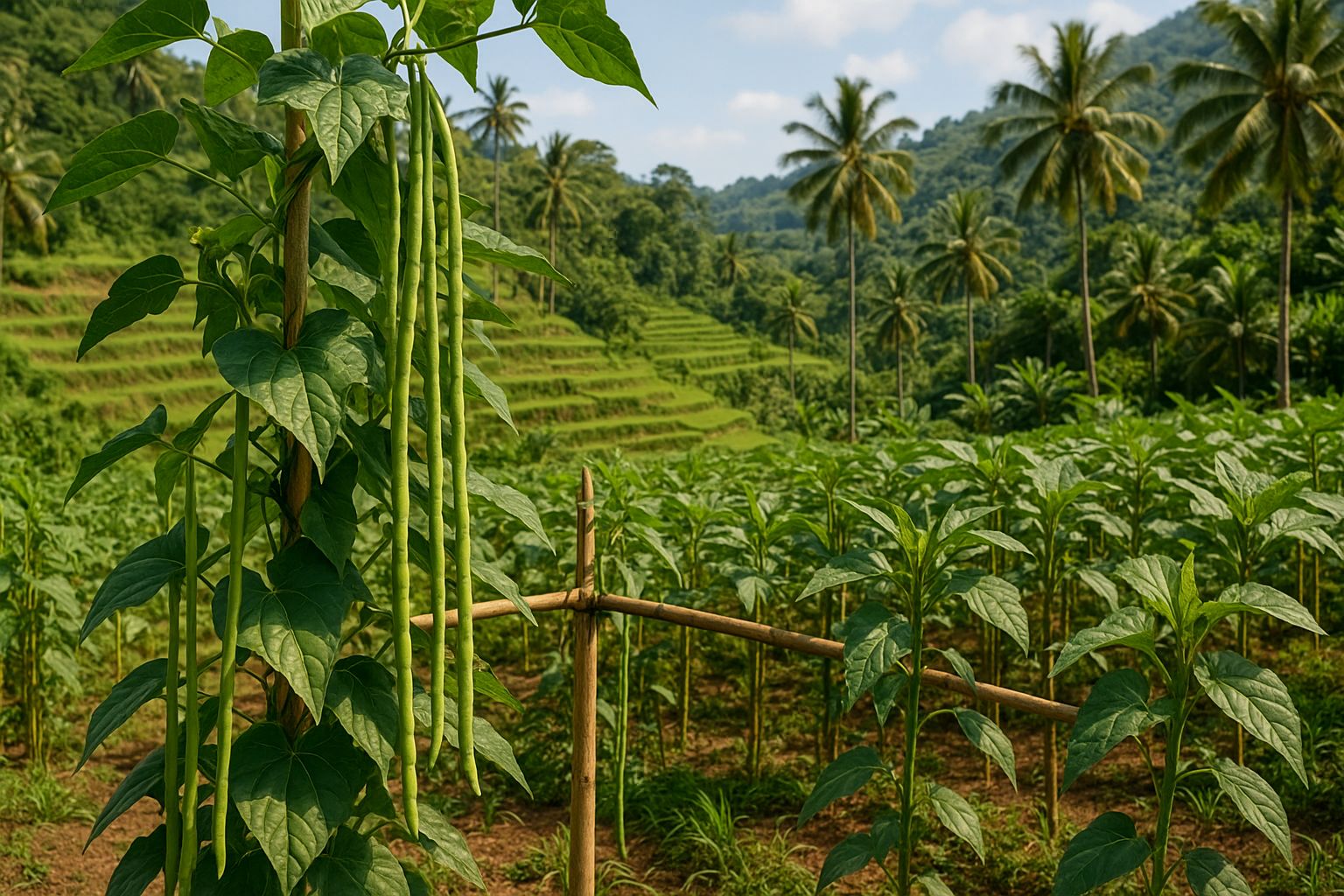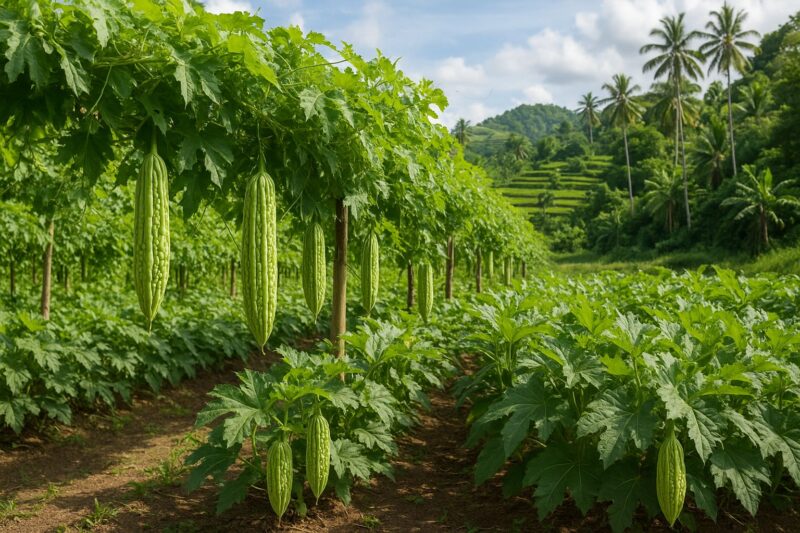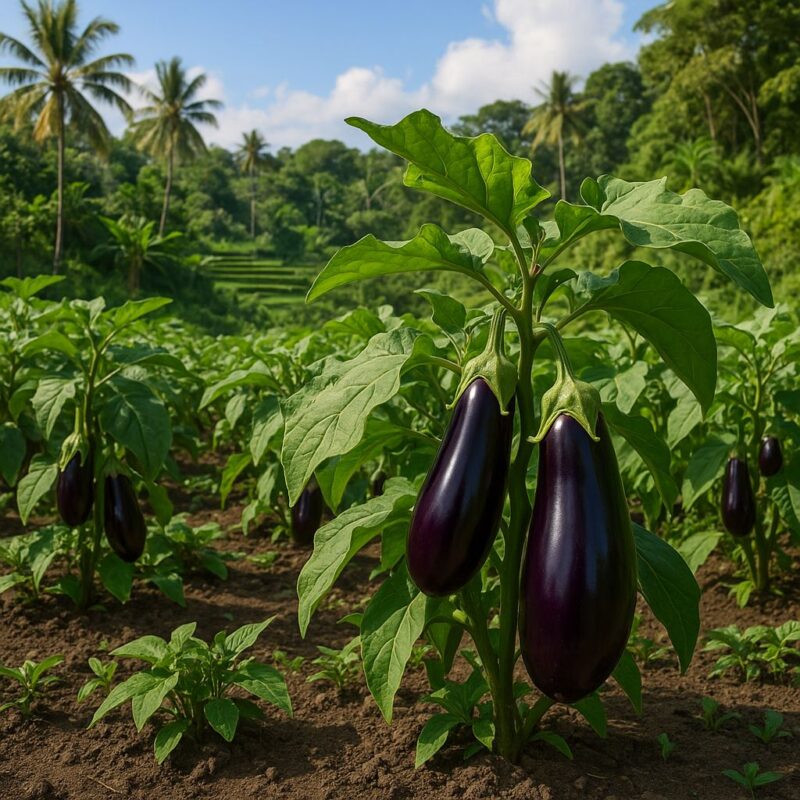Yardlong beans—sitaw in Tagalog—are a proud presence in many Filipino gardens, from the backyards of Batangas to the terraces of Nueva Ecija. Those long, slender pods, sometimes reaching half a meter, are perfect for adobong sitaw, ginisang sitaw at bagoong, or fresh salads tossed with sesame oil and calamansi. Still, despite their reputation as easy to grow, sitaw vines can surprise you: they need sturdy supports, balanced feeding, and a watchful eye for pests. Over several seasons—mostly here in Bulacan but with tips from friends in Laguna and Mindoro—I’ve discovered habits that coax these vigorous climbers into reliable producers.
Variety choice is the first key decision. Traditional local types yield pods averaging eighty to a hundred centimeters and adapt well to lowland heat. In cooler highland areas—Benguet or Bukidnon—early-maturing hybrids produce slightly shorter pods but bolt less in chilly nights. I grow both in Bulacan: classic long vines along the fence and compact hybrids in containers. It’s a bit of trial and error, I admit, but choosing the right type for your microclimate pays dividends.
Soil preparation sets the stage. Sitaw prefers fertile, well-draining loam enriched with organic matter. In my clay-heavy Bulacan beds, I work in generous amounts of homemade compost—rice straw, kitchen scraps, and coffee grounds—plus a handful of ground limestone to nudge pH toward neutral, near six point eight. In sandy coastal plots I’ve visited in Mindoro, adding coconut coir or goat manure holds moisture without compacting the soil. Whatever your region, aim for a loose, crumbly texture that young roots can explore easily.
Planting lines up with the start of the rainy season—typically June to July in most lowlands—so vines get natural irrigation without sitting in midday sun. I mark rows about seventy centimeters apart, then sow seeds two to three centimeters deep at spacing of twenty to twenty-five centimeters along each row. In containers or raised beds you can drop one seed per hole and cover lightly. Germination takes about five days when soil temperatures stay between twenty-three and twenty-eight degrees Celsius; much hotter or cooler, and you may see patchy sprouting.
Support structures are essential. Sitaw vines scramble skyward, and without a sturdy trellis they sprawl and shade each other. I build simple A-frames with bamboo poles spaced every meter, or repurpose old metal grills strapped onto posts. As young vines reach thirty to forty centimeters, I gently train them to climb, weaving tendrils into the support. This vertical growth boosts airflow, reduces fungal issues in humid months, and makes the harvest a breeze—literally.
Feeding schedules mix steady nutrition with restraint. Sitaw is a legume and fixes its own nitrogen, so it does well with minimal additional nitrogen fertilizer. At planting, I apply compost and a small handful of bone meal for phosphorus to support early root and flower development. Once vines reach one meter, a light side-dressing of decomposed chicken manure gives them a growth boost. Too much nitrogen at this stage, I’ve found, can produce lush foliage at the expense of pods—so I go easy.
Water management requires balance. While sitaw vines love consistent moisture, they hate standing water. I water in the early morning, allowing leaves to dry by afternoon, and check by squeezing a handful of soil: if it crumbles, it’s time to water; if it sticks together, I wait. In unexpected dry spells—like that unusually hot March in Bulacan last year—I’ll mist the foliage lightly to cool the vines without overwatering the roots.
Pests such as aphids, caterpillars, and bean weevils can show up. I scout weekly, looking under leaves for clusters of tiny insects or eggs. Handpicking caterpillars and rinsing vines with a gentle stream of water often suffices. For persistent aphids, a homemade spray of crushed garlic and mild soap applied in the cool of dawn can knock them back without harming beneficial insects. I skip chemical insecticides to keep the ecosystem balanced.
Flowering begins about six weeks after sowing, with clusters of pinkish-white blooms opening each morning. Pods set quickly and grow at astonishing speed—almost ten centimeters in just a few days. Harvest when pods are still tender, usually at fifty to sixty centimeters in length for local types, and a bit shorter—forty to fifty centimeters—for hybrids. Frequent picking—every two or three days—encourages more flowering and extends your harvest window into the late rainy season.
One memorable season in Bulacan, a sudden typhoon knocked over my weakest trellis, tangling the vines and bruising many pods. I spent an afternoon untangling vines and reinforcing supports, only to find the plants flowering again within days. That resilience—when given a little help—speaks volumes about sitaw’s adaptability.
Whether you grow them in open fields, raised beds, or containers, mastering soil prep, support structures, balanced feeding, moisture, and pest checks will bring you a steady supply of fresh, crisp yardlong beans across the Philippines. It may not be the flashiest crop, but for reliable yields and everyday cooking, few plants match its combination of vigor and versatility.
I’m available for consulting and speaking opportunities on sustainable vegetable cultivation and urban agriculture nationwide. Let’s cultivate success together.
#Sitaw #YardlongBeans #PhilippineFarming #SustainableAg #UrbanGardening #ConsultingAvailable #SpeakingOpportunities




